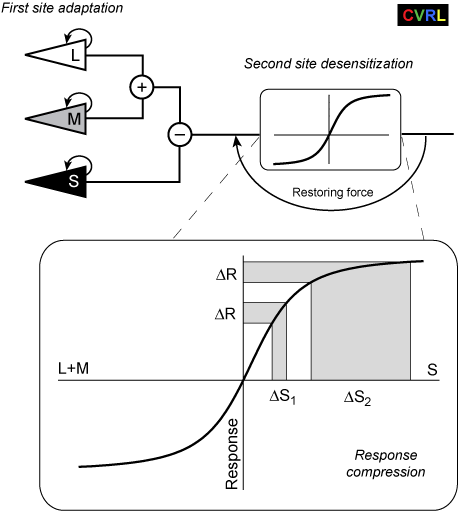

Figure 3.11.27 from Stockman, A., & Brainard, D. H. (2009). Color vision mechanisms. In M. Bass, C. DeCusatis, J. Enoch, V. Lakshminarayanan, G. Li, C. Macdonald, V. Mahajan & E. van Stryland (Eds.), The Optical Society of America Handbook of Optics, 3rd edition, Volume III: Vision and Vision Optics. New York: McGraw Hill.
Pugh & Mollon cone-opponent model. Version of the Pugh & Mollon model (1979) in which the cone-opponent, second-site desensitization is implemented at a bipolar static non-linearity (Polden & Mollon, 1980). The nonlinearity is a sigmoidal function that compresses the response as the input is polarized either in the +S (or –[L+M]) direction or in the L+M or (–S) direction. The effect of the nonlinearity can be understood by assuming that the system needs a criterion change in response (ΔR) in order for a change in the input to be detected. At smaller excursions along the +S direction, a smaller change in the S-cone signal, ΔS1, is required to produce the criterion response than the change in signal, ΔS2, required at greater excursions. Sensitivity should be greatest when the polarization is balanced, and the system is in the middle of the response range.
Polden, P. G., & Mollon, J. D. (1980). Reversed effect of adapting stimuli on visual sensitivity. Proceedings of the Royal Society of London. Series B: Biological Sciences, B 210, 235-272.
Pugh, E. N., Jr., & Mollon, J. D. (1979). A theory of the π1 and π3 color mechanisms of Stiles. Vision Research, 20, 293-312.